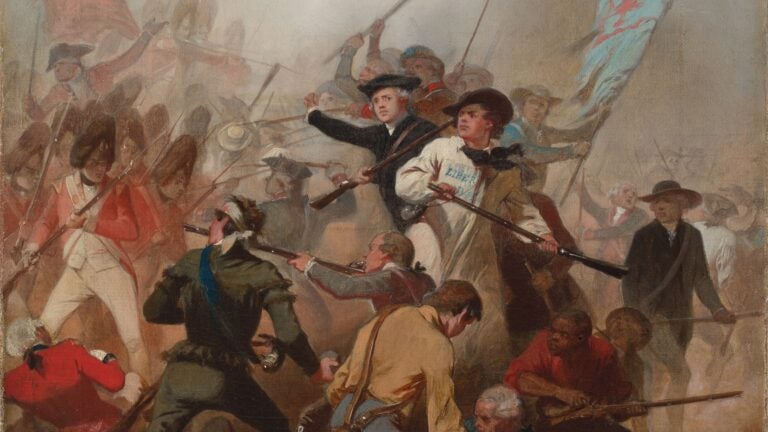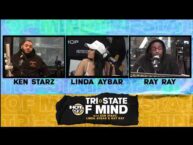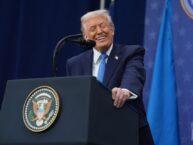No products in the cart.
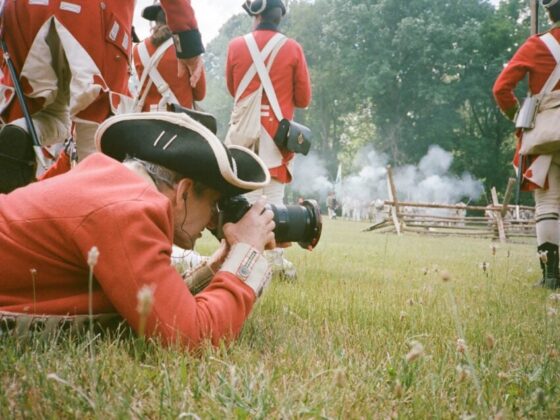
‘New England is at the center of it’: Ken Burns talks ‘The American Revolution’
The epic story, with Boston as an epicenter, premieres Nov. 16 on PBS.
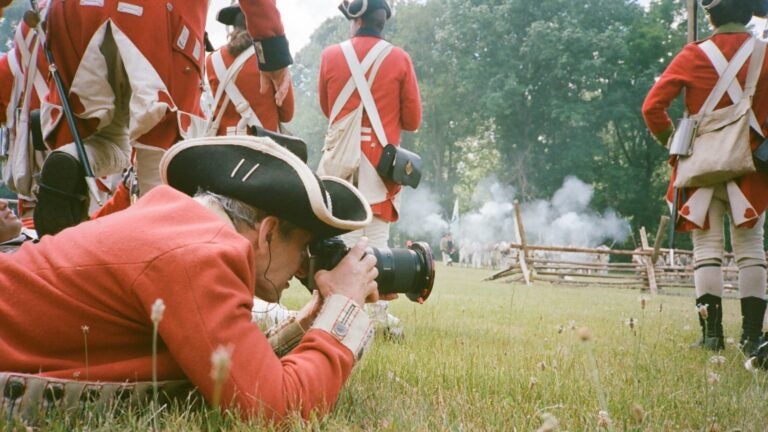
When I reach Ken Burns at his Walpole, New Hampshire, home, his goldendoodle Chester is by his side.
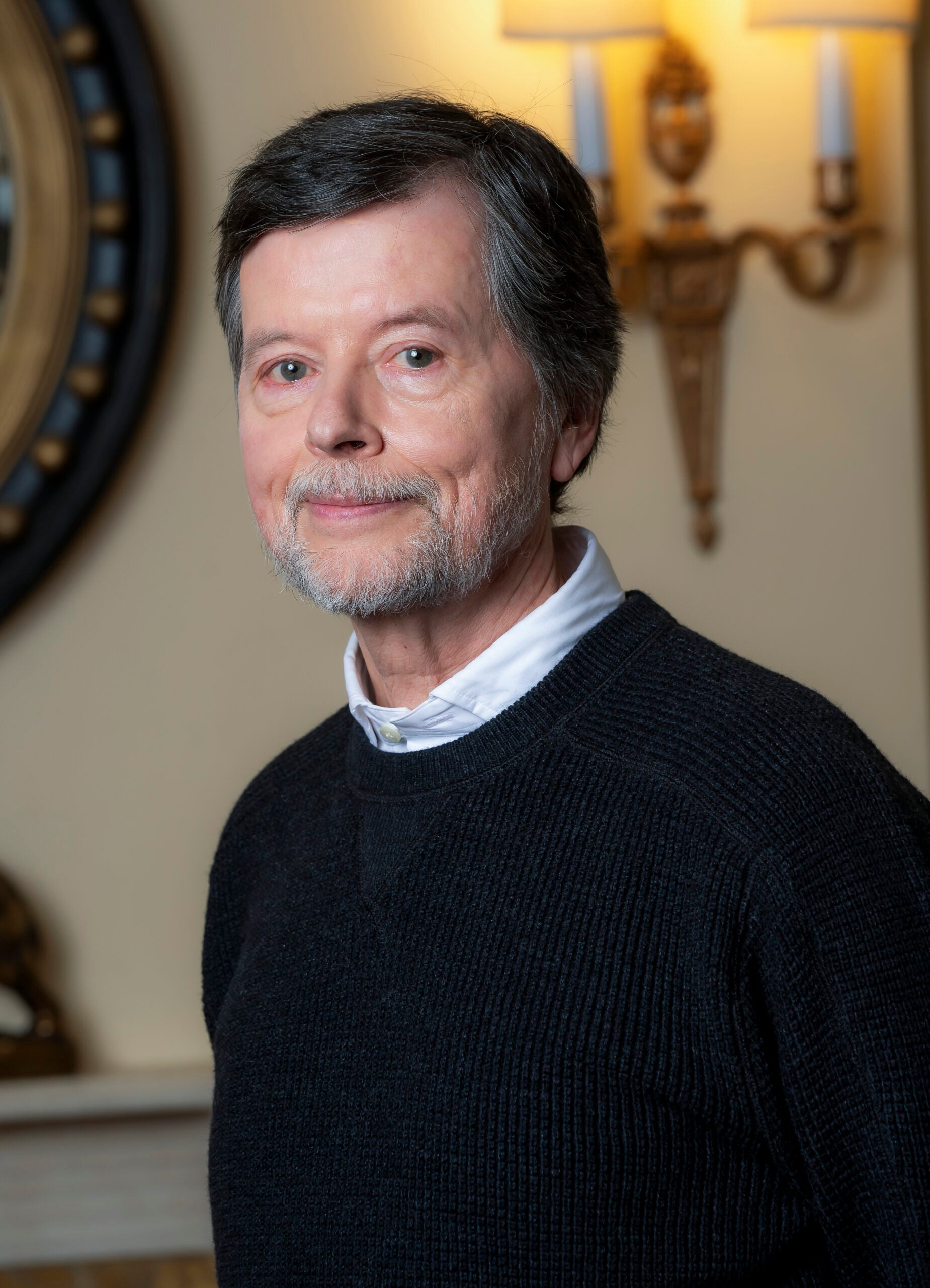
“I take a walk every morning with my dog unless it’s raining because he just gets to be a wet noodle. I realized, suddenly, about six years ago, ‘Wow, I’m in a place that hasn’t really changed from the 18th century.’ So I started filming,” Burns tells me.
His iPhone shots of Walpole are peppered throughout the painstaking “professional footage” in “The American Revolution,” his six-part, 12-hour documentary premiering Nov. 16 on PBS, and streaming on PBS.org and the PBS App.
Advertisement:
“If you look at the introduction, there’s a beautiful shot of light coming through trees. There’s another shot in the middle of a snowstorm in Walpole. That’s my iPhone just getting the vibe.”
But “The American Revolution” has been on his mind longer than six years. It’s been a decade in the making, an idea that first came to him when Barack Obama was president and Burns was working on “Vietnam.” He had no way of knowing it would release this year, the 250th anniversary of the start of the war.
Advertisement:
Unlike Larry David, there is no curbing Burns’s enthusiasm. Projects consume him. In conversations, he talks a mile a minute, ideas flow out in bursts, sometimes not connected to the questions you just asked.
With all his films, Burns is like a little kid with a new favorite subject, all but bursting with information he wants (needs) to share — yet all of it interesting. That’s his magic.
Before Burns received the Third Lantern Award — from Boston’s Old North Church — in April, he told me something that’s stayed in my mind ever since as Burns-in-a-nutshell.
“I was eating with some relatives, standing around in the kitchen, and somebody asked about the Revolution. About an hour and a half later, I stopped yakking, and I’d already brought out salt shakers to do battle maneuvers.”
As he told me when we talked about “The American Buffalo,” he doesn’t work in messages or morals: “The novelist Richard Powers said the best arguments in the world won’t change anybody’s point of view — the only thing that could do that is a good story.”
Advertisement:
New England, obviously, has a starring role in this one.
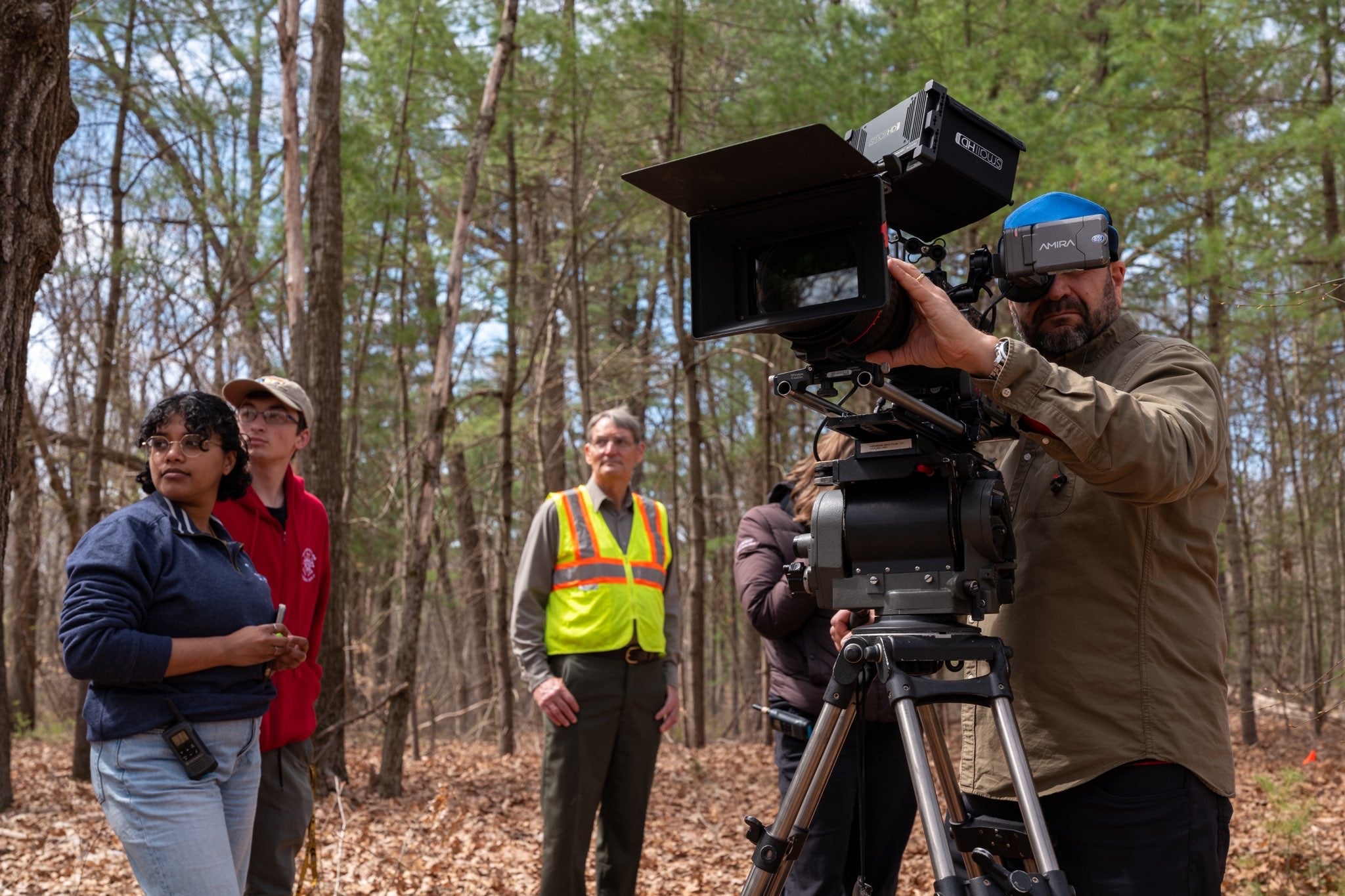
“New England is an epicenter of the whole thing,” Burns says. “When you walk the streets of downtown Boston — this is it. Ground Zero.”
The first episodes bring to life vividly the pre-war ire, bloody battles, and rag-tag grit of early Bostonians in an eye-opening way that — depending on how much you’ve studied the American Revolution since 5th grade social studies — may strike you heavily.
The slower pace of the documentary helps you digest. Essentially, it’s an impeccably-researched U.S. history book brought to life. I was captivated.
We also learn lighter Boston-centric interesting tidbits. (While we associate Sam Adams with beer, he was, the film points out, “a failed brewer” and master of propaganda.)
To state the obvious: The birth of America is riddled with heavy complications. Women had no rights. George Washington owned hundreds of enslaved people. Humans were still being stolen from their homelands and enslaved. Indigenous peoples had lived here for tens of thousands of years before any colonists arrived.
This is a story painted in black, white, and a thousand shades of gray.
Advertisement:
“It’s really complicated,” Burns says. “There’s women — half the population aren’t recognized at all. The half a million free and enslaved black people who aren’t recognized at all. The biggest losers are the Native Americans on whose land this whole thing has been fought over.”
Burns doesn’t work in messages — but when I asked what he hoped viewers take from the film, he likened it to laying on a therapist’s couch.
“We worked for 10 years to try to master a very complex story,” he says. “But I’d like this film to put the ‘us’ back in the U.S. When a person is in crisis, they go to a pastor or a professional. That professional wants to know: ‘Where are you from? Where were you born? What were the circumstances of your upbringing?’ That’s the way you begin to put somebody back together. Same with countries. If you’re in trouble, you go back to the beginning.”
Directed and produced by Burns, Sarah Botstein, and David Schmidt, written by long-time collaborator Geoffrey C. Ward, and narrated by longtime collaborator Peter Coyote, the doc includes a mind-boggling cast of actors, including Tom Hanks, Morgan Freeman, Meryl Streep, Samuel L. Jackson, Ethan Hawke, Josh Brolin, Claire Danes, Jeff Daniels, Craig Ferguson, Paul Giamatti, Michael Keaton, Damian Lewis, Laura Linney, Edward Norton, Mandy Patinkin, Matthew Rhys, and many more.
I caught up with New England’s Oscar, Emmy and Grammy winner at home before he leaves on a media blitz. “Tomorrow afternoon, I walk out the door and I’m not back for a month,” he says, looking at Chester. “I’m so happy my dog can’t understand English. We’re going to be so happy when we’re reunited.”
Advertisement:
In a wide-ranging interview, we talked Boston history, behind-the-scenes, the character actor he can’t leave home without, and more.
Boston.com: So what specifically will Boston viewers be interested in here?
Ken Burns: Boston can be excited about everything here. They were the cradle of the Revolution. Virginia has good arguments, but it starts here. This is where the massacre is in 1770, this is where the Tea Party is in 1773. You have the British sending in a standing army to police Boston — that’s the real accelerant.
Massachusetts is where Lexington and Concord happens. It’s the cradle. It’s just a phenomenal story.
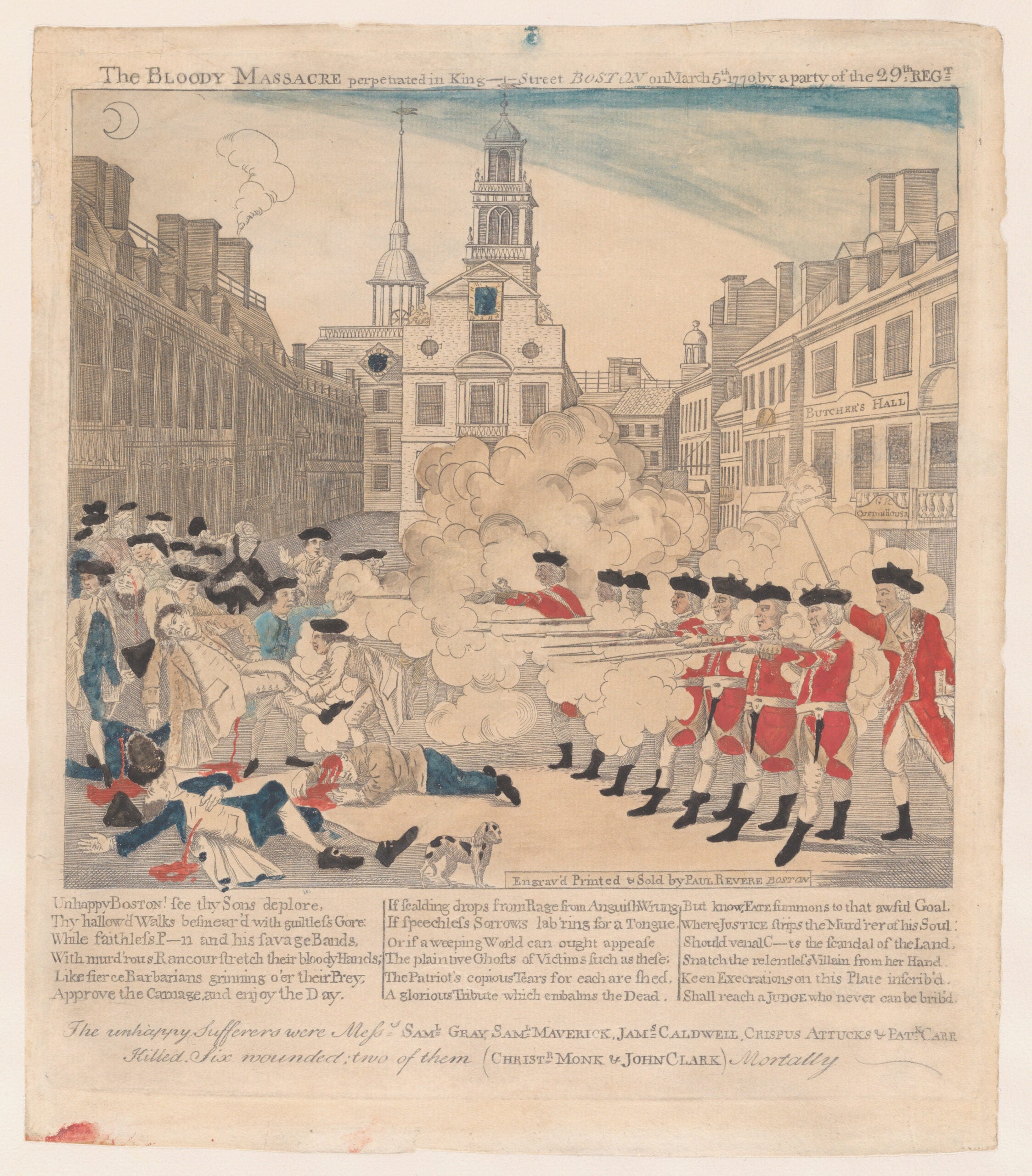
At one point, the documentary quotes Lord North [Prime Minister of Great Britain] as saying Boston was the “ring leader.”
Yeah. They found us here in the Commonwealth insufferable.
[laughs]
[laughs] Insufferable in our dedication to our grievances, and then later, as these get exploded out from just disagreements over British rights to natural rights or universal rights — this is the great gift of the American Revolution. While Thomas Jefferson said “All men are created equal,” he meant all white men with property, free of debt.
The word “all” opened the door. Once that door was open — it may be four score and nine years before Black people in America are freed, it might be an inexcusable 144 years before women get the right to vote — but, it’s done. That’s the great gift.
As [NYU law professor] Maggie Blackhawk says, the Declaration is deeply significant to people on the margins. Who wants liberty more than someone who is actually enslaved? So there’s ironies.
The late [Harvard] historian Bernard Bailyn said in the film, nobody’s really talking about slavery as an issue before the Revolution. But once the Revolution happened, the hypocrisy of people who owned other people referring to the British as enslavers of them — the cat is out of the bag. Then there’s never a moment where slavery is not the hottest topic there is. And of course, it will lead to our Civil War.
The documentary makes a point of highlighting that a lot of work still had to be done when the war ended.
It’s complicated. Even when the Battle of Yorktown is over, we’ve got 45 minutes to go before our film is over. Because a lot of stuff has to happen, we have to get our act together and figure out so many things.
Advertisement:
We had to figure out how to replace the toothless Articles of Confederation. In 1787, they came together and hammered out a four-page document. It sponsored one of the most beautiful things I’ve ever heard in my life, which is the most intense political conversation among ordinary people. And what they wanted and got was the Bill of Rights. It’s an amazing thing. Two years later, the government starts.
George Washington, as you’ve said, there wouldn’t be a country without him, but he’s a “flawed” guy.
Well, I have yet to meet anyone who’s not flawed. He is that. [But] I think it’s part of our computer world where everything is either a one or a zero, or a political world in which everything is red or blue, that somehow we’ve swung between a bankrupt topdown sanitized Madison Avenue version of our history or to the unforgiving revisionism that gets rid of everybody depending on their failings, and it just doesn’t work that way.
He is the person most important. And he is deeply flawed. He owns hundreds of human beings. He is rash — rides out on the battlefield, jeopardizing the whole cause. He makes at least two really bad decisions that cause American defeats at Long Island and Brandywine.
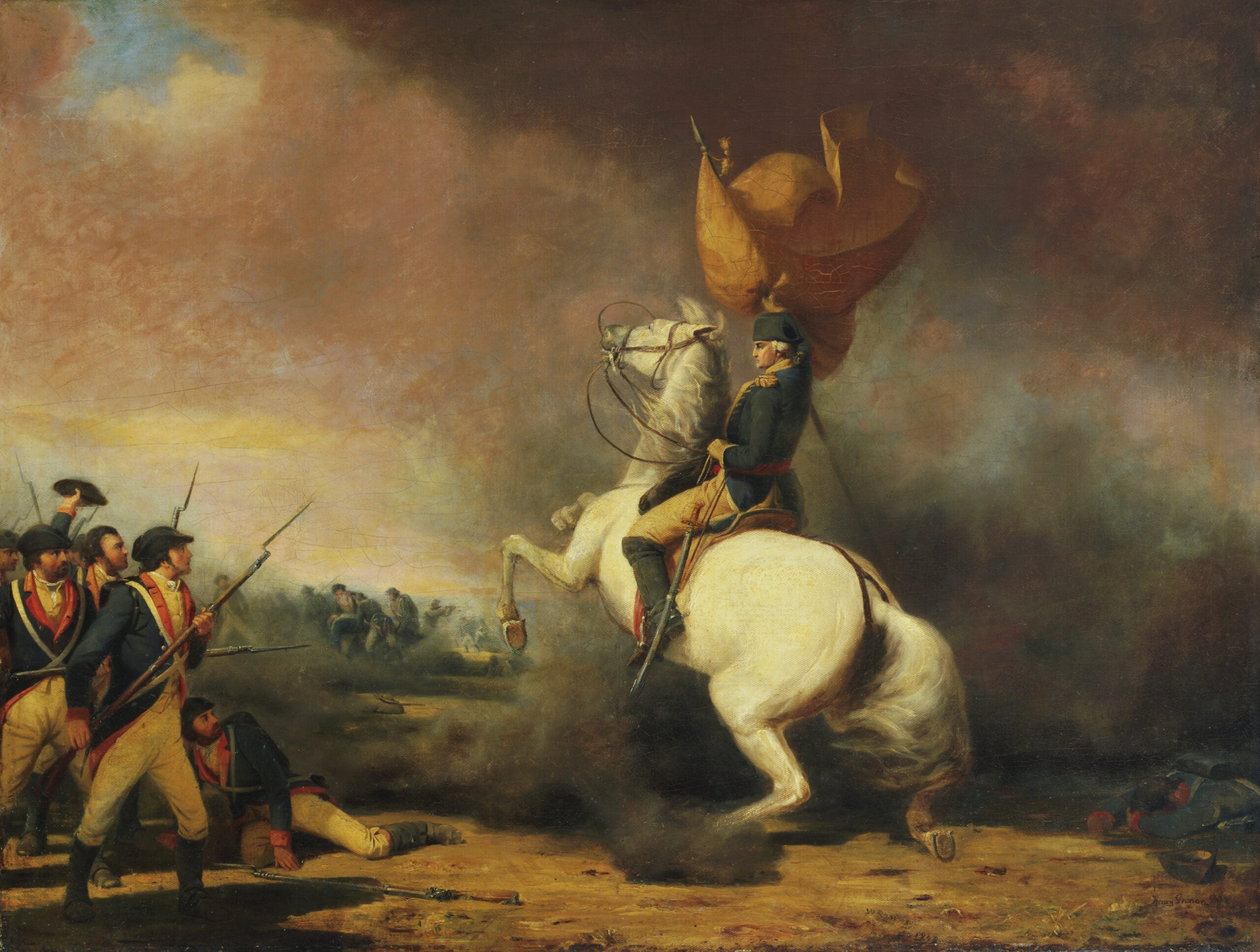
Yet he is able to convince Georgians and Massachusetts folks that they’re not from those colonies. They’re actually this new thing: Americans. He can inspire people in the dead of night to fight. He himself fights. Washington spent most of the revolution sleeping in a tent, and he was arguably the richest man in America. He then gave up power twice, which is just unbelievably amazing, and set in motion, at least for 249 years, the story of the United States.
At one point, writer Rick Atkinson calls the Revolution “our creation myth, our creation story.”
Yeah. I think in some ways it has to do with the fact that there are no photographs. So [people of that era] seem different, but they’re exactly like us. The same qualities of venality and virtue that attend them attend us.
Advertisement:
It’s made even more inspirational when we realize how bloody it was, how the odds that [the battle on] Lexington Green would be successful were zero. And somehow, six-and-a-half years later, in Yorktown, Virginia, they’re 100 percent. And even then, the survival of the country wasn’t guaranteed.
I’m so glad you didn’t say celebrities. Somebody said to me in an interview, “How did you get the celebrities?” I said “There are no celebrities there. There are good actors.” We didn’t ask Kim Kardashian.
[laughs] Exactly. You’ve got some artists at the top of their craft — and a massive line-up for one project.
This is the biggest cast of any movie or television series that’s ever been done.
Wow, really?
They’re just reading off-camera. But I defy you — there’s a black-and-white movie from the ’60s called “The Longest Day.” It’s got 25 heavy-hitters. This has 50. Kenneth Branagh, Damian Lewis, Matthew Rhys, Domhnall Gleeson, Morgan Freeman, LaTanya Richardson, Samuel L. Jackson, Liev Schreiber, Ethan Hawke and his daughter Maya Hawke, Paul Giamatti reprising his John Adams, Mandy Patinkin, Laura Linney, Matthew Rhys is Thomas Paine, Jeff Daniels reads Thomas Jefferson, Josh Brolin is George Washington, it goes on and on and on. Joe Keery from “Stranger Things.”
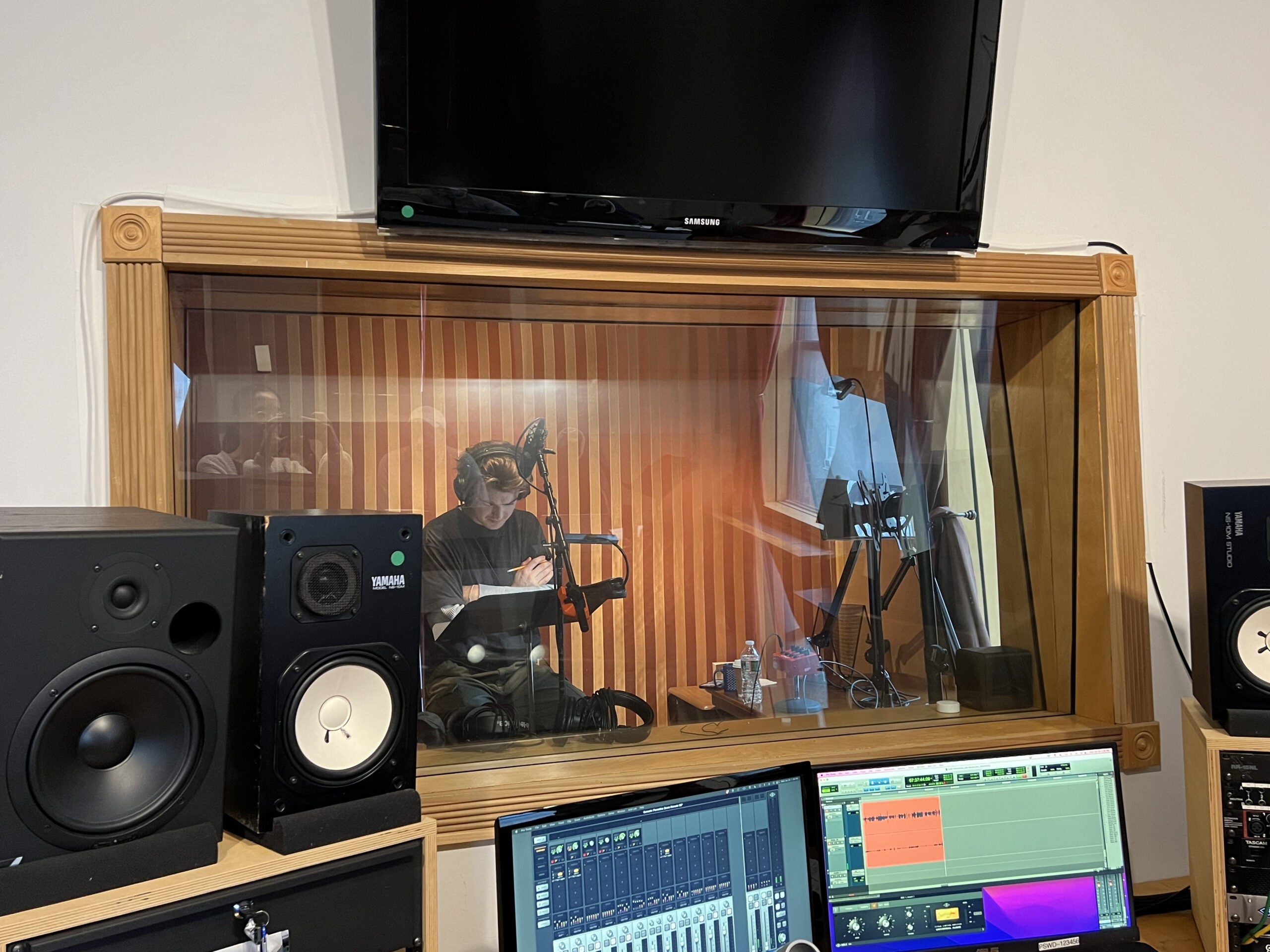
We just got lots of various people at various ages who bring it alive. Gene Jones— I’ve worked with Gene for maybe 35 years. If you remember “No Country for Old Men,” there’s a moment when the terrifying Javier Bardem character goes into a gas station.
Oh my God, I love that scene. That clerk is amazing.
That’s Gene! I don’t leave home without him.
[laughs] He’s great.
He’s just great. He’s got several voices here. And Tom [Hanks] came in and I gave him 14 different quotes, I think eight or 10 different people — he’s just about in every single episode.
So how did it work? I’m guessing everyone you approached was just excited to sign on?
Yeah, everybody was really generous. And I’ve neglected half the people because I’m not sitting in front of the list. Then [narrator] Peter Coyote, just comes in and reads this cold. It takes an entire day to read one episode.
Advertisement:
Then there are redos, rewrites as we find out new information. We never stop researching. We never stop shooting. We never stop writing. We lock the film, and then we unlock it to make it better. We’ll find out some scholar now questions the number of ships or months, [and we’ll make an edit]. Everything is down to that level.
You’ve also got Revolutionary reenactors here.
Instead of doing reenactments, we shot reenactors [doing their thing]. We don’t say, “Okay, we’re now going to have you reenact the Battle of this.” We will just collect, over five or six years, footage of reenactors doing their thing.
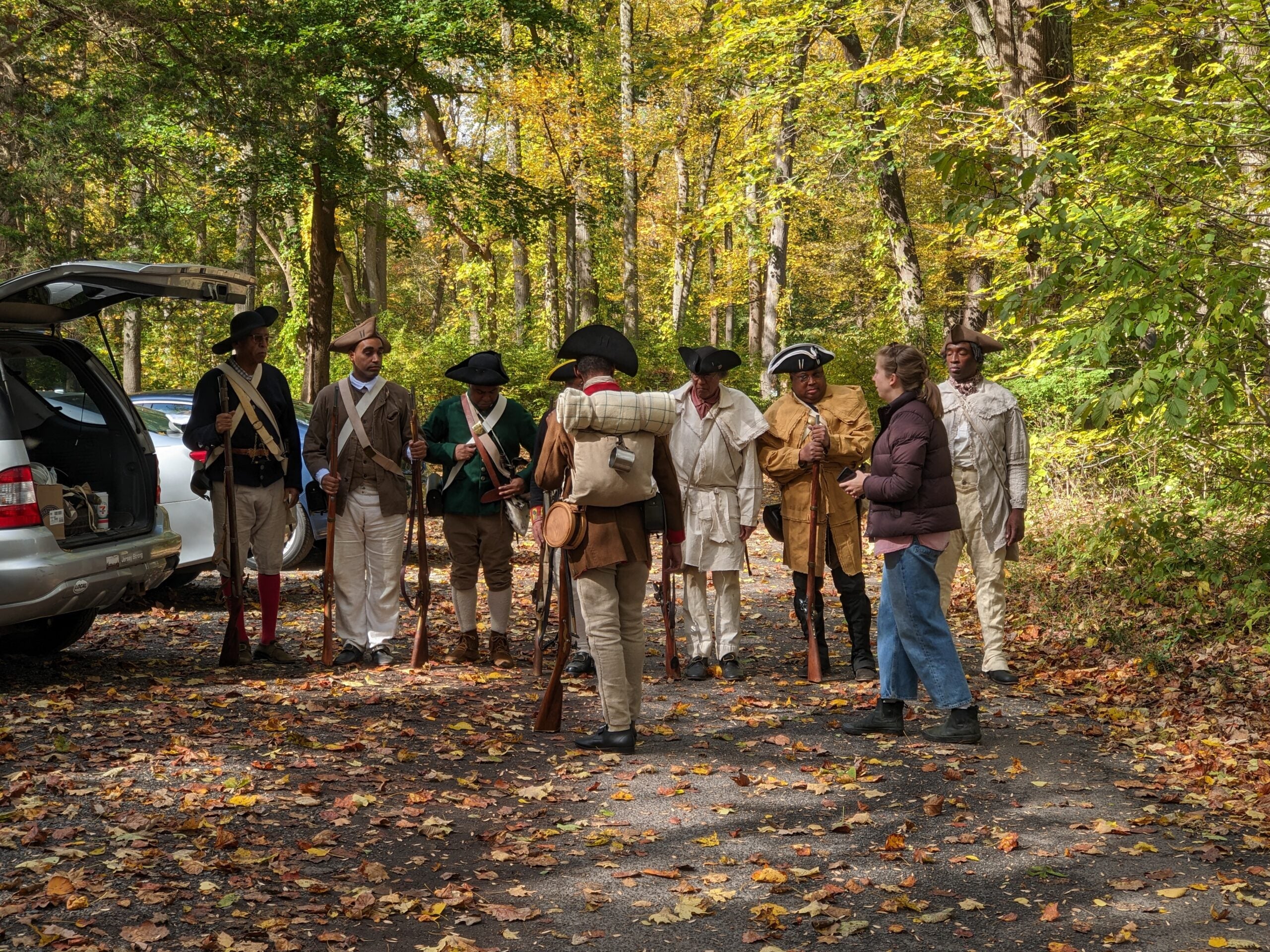
We film at dawn, at dusk, from way up above with drones, from down at knee level, at all sorts of different times of day and year, and then have a critical mass.
So you [show] a painting, an etching, a document, a map, and then you’ve got a line of British redcoats firing. Then you cut to a painting where the same thing is taking place. And you wake up the past. You make it come alive.
We treated the paintings as if they were live, Lauren, and we treated the live as if it was a painting.
That’s good.
So there’s an artfulness to the live cinematography, even though it may explode or blow up. At the same time, the paintings have a dynamism, holding them at arm’s length. We’re doing “the Ken Burns effect.” So.
[laughs] I’ve heard of that.
[laughs] And, of course, our sound effects track is as complicated as any feature film. There are moments in battles where we might have 150, 200 separate tracks.
I can believe that. The bird song, the cannons, the horse galloping. It sounds three-dimensional.
Most people will watch this on their computer or even their phone, but I was at an outdoor screening in Camden New Jersey — an arena like Tanglewood — and the explosions moved my chair. It was just so exciting.
The film mentions a few other places in New England that were key — the Gaspee in Rhode Island, the Pine Tree Riot in New Hampshire.
Right. We pushed off Brits who were coming to New Hampshire to take huge trees earmarked for the masts of royal ships, and said: “Nope.” One of the most important generals is Sullivan from New Hampshire, [plus] Stark from New Hampshire and Knox from Boston.
Advertisement:
Knox is a bookseller who — because Washington’s so good at spotting subordinate talent, as Rick Atkinson said — ends up going to get the cannon that Benedict Arnold and Ethan Allen captured at Fort Ticonderoga, and brings it by sled all the way to Cambridge that drives the British out of Boston.
You can’t make this up. People say, “Why don’t you go to feature films?” Because this stuff is as dramatic, if not more dramatic. And New England is at the center of it.
Lauren Daley is a freelance culture writer. She can be reached at [email protected]. She tweets @laurendaley1, and Instagrams at @laurendaley1. Read more stories on Facebook here.
Need weekend plans?
The best things to do around the city, delivered to your inbox.

